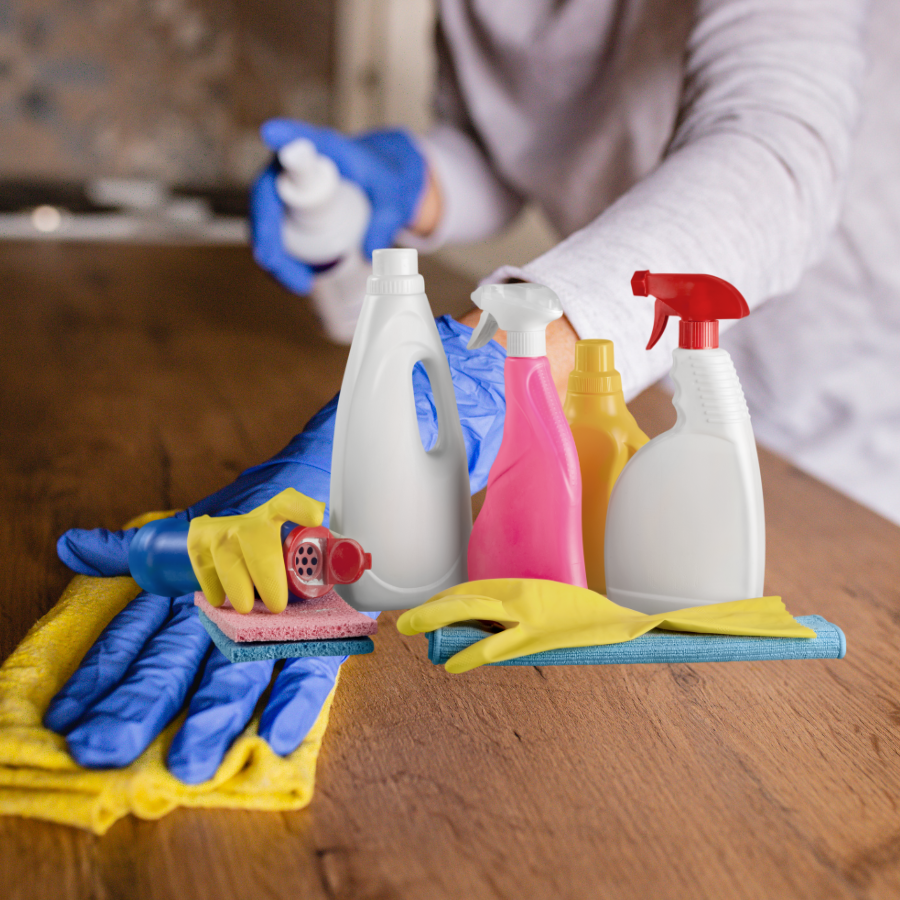Why Chlorine Dioxide Treatment is Effective
A great way to understand why chlorine dioxide treatment is effective is to consider non-oxidizing biocides as 'bacterial toxins'. Response rates of these non-oxidizing biocides are slow when compared to chlorine dioxide.
Chlorine dioxide can be considered an agent that gives bacteria a ‘heart attack’. The inactivation and reaction time is short, and researchers have said most bacteria are inactivated within the first minute while non-oxidizing biocides have longer reaction rates.
While non-oxidizing biocides also kill microorganisms, they can only kill them when the microorganisms are active. Since microorganisms need a surface to land on and spend most of their time in a dormant state, non-oxidizing biocides must be used at much higher concentrations and more frequently to effectively kill microbial pollutants.
In addition, microorganisms become impervious to non-oxidizing biocides over time.
Chlorine dioxide is a paramagnetic radical which means that it is magnetically attracted to microorganisms. It hunts them down like a scavenger.
Chlorine dioxide is an ion taker and an oxidizing biocide that enters the cell wall fast, pulling the ions from inside and disrupting the cell membrane, and inactivating vital processes.
Chlorine dioxide is an especially effective biocide because bacteria can not develop a resistance to it.
Ordinary chlorine is very reactive and will react with most organic compounds. It must be used in much larger doses to maintain a residual effect sufficient to kill microorganisms. But chlorine’s greatest drawback is that it can produce dangerous disinfection by-products which are unacceptable according to new standards established by Health Canada. Ozone is similar and can produce dangerous brominated organics.
In contrast, chlorine dioxide is far less reactive. Regardless of its concentration or contact time, chlorine dioxide will penetrate the walls of microorganisms every time.
Finally, chlorine dioxide and its primary by-products—chlorite and chlorate—all break down to sodium chloride or microscopic saline. It is described as a clean kill.
Chlorine dioxide is the most eco-friendly biocide that can be used for disinfecting, decontamination and deodorizing, hands down!

